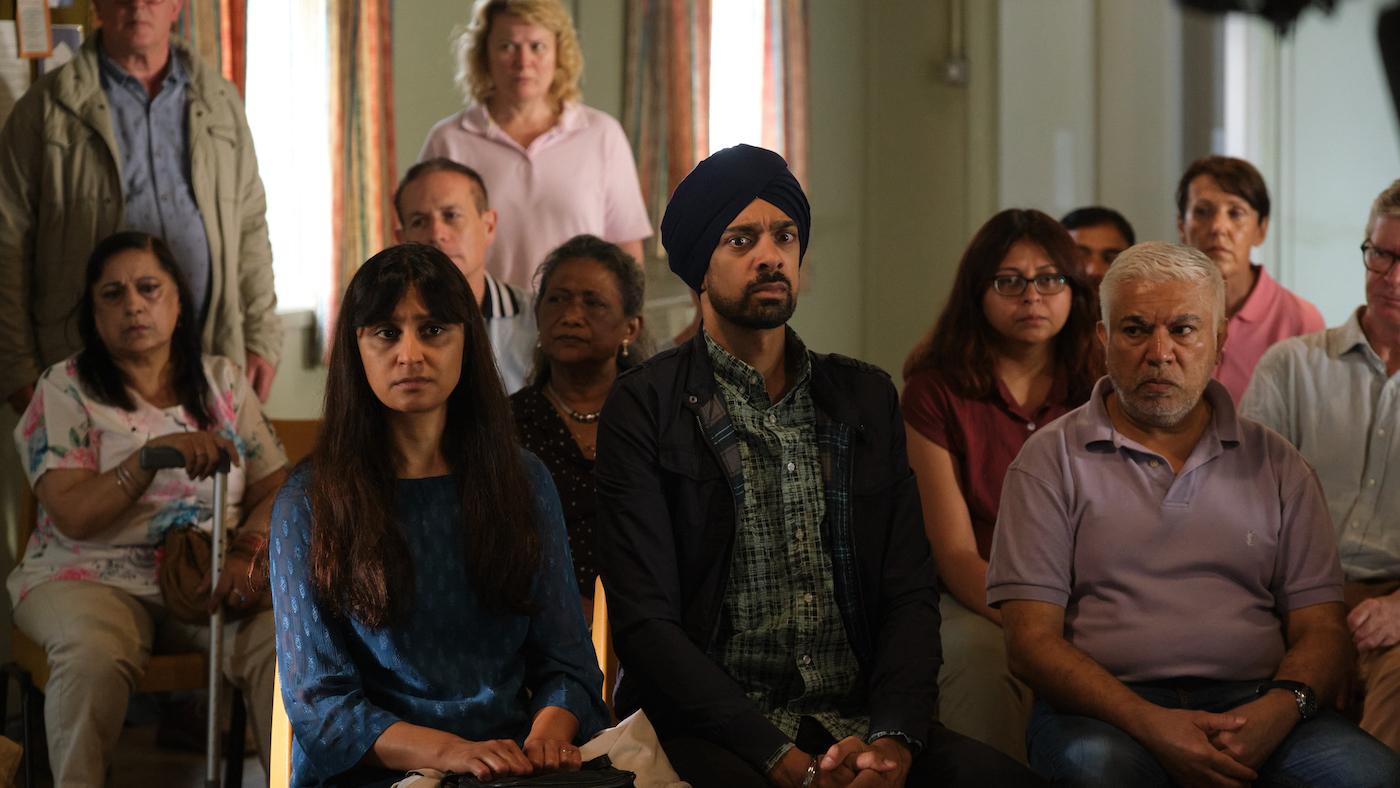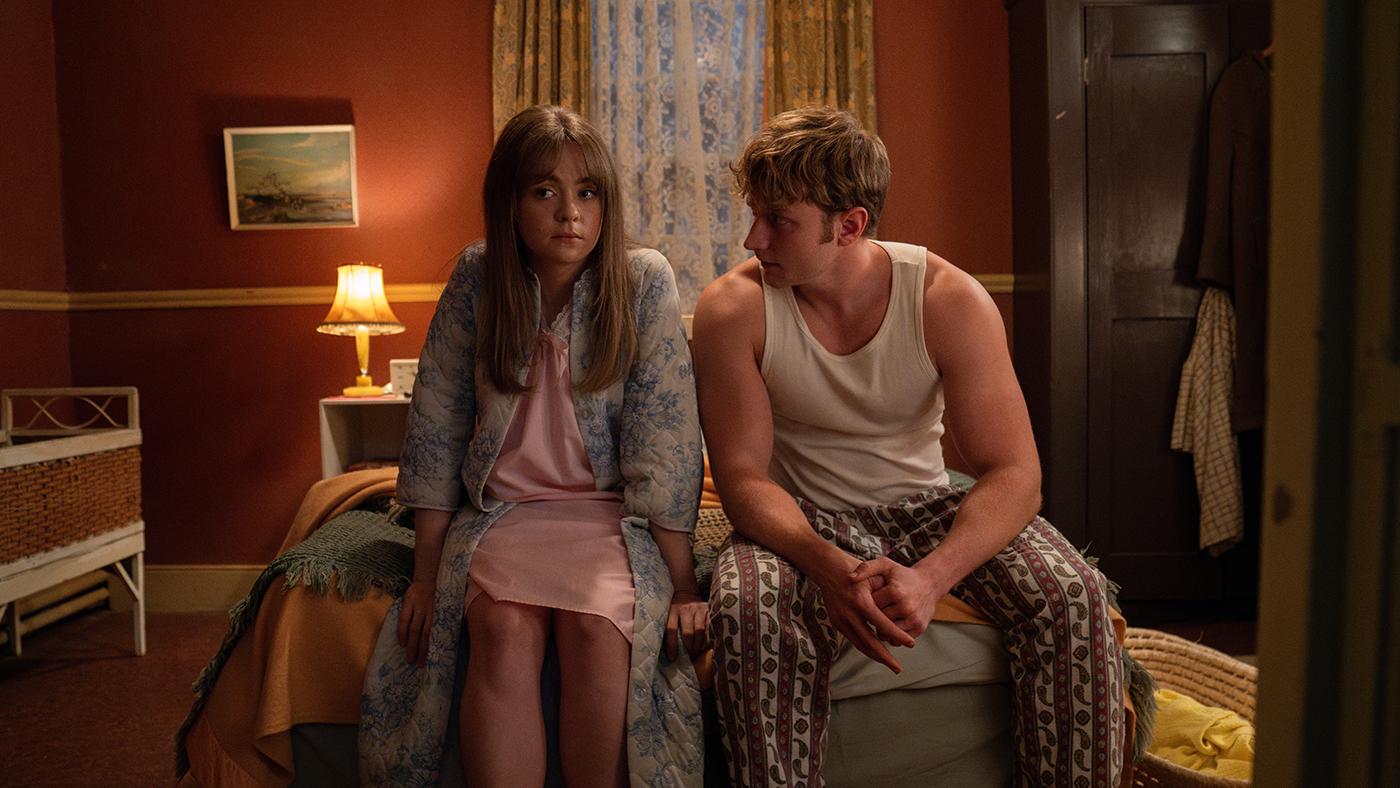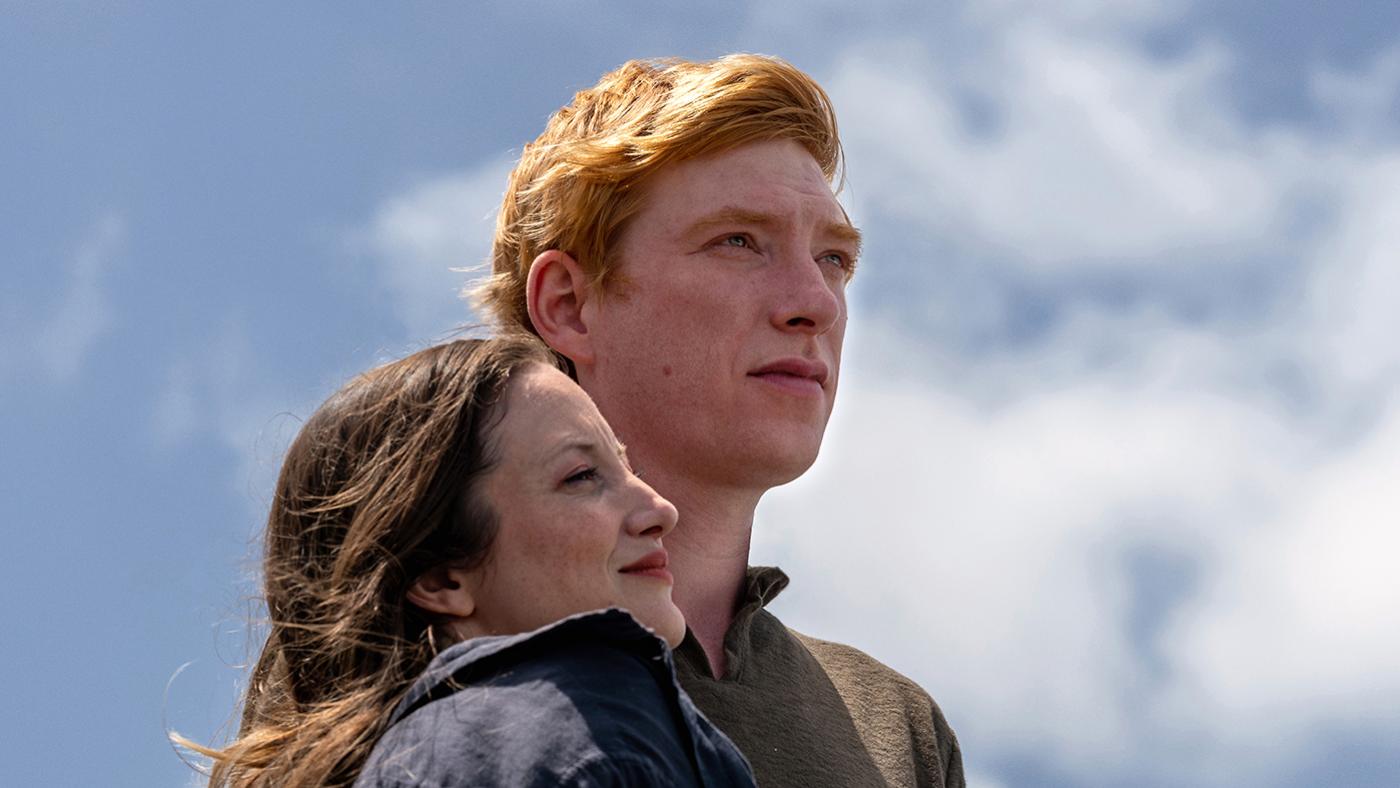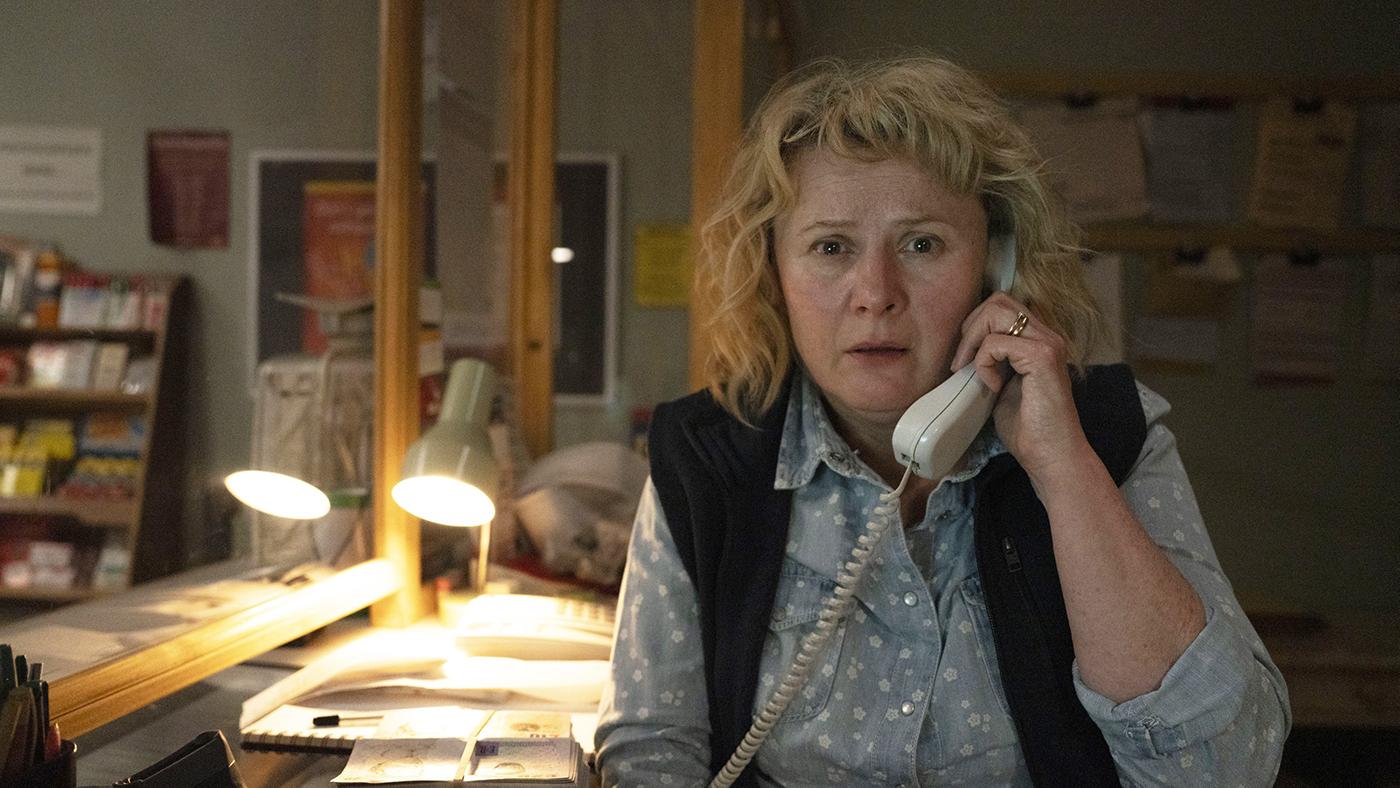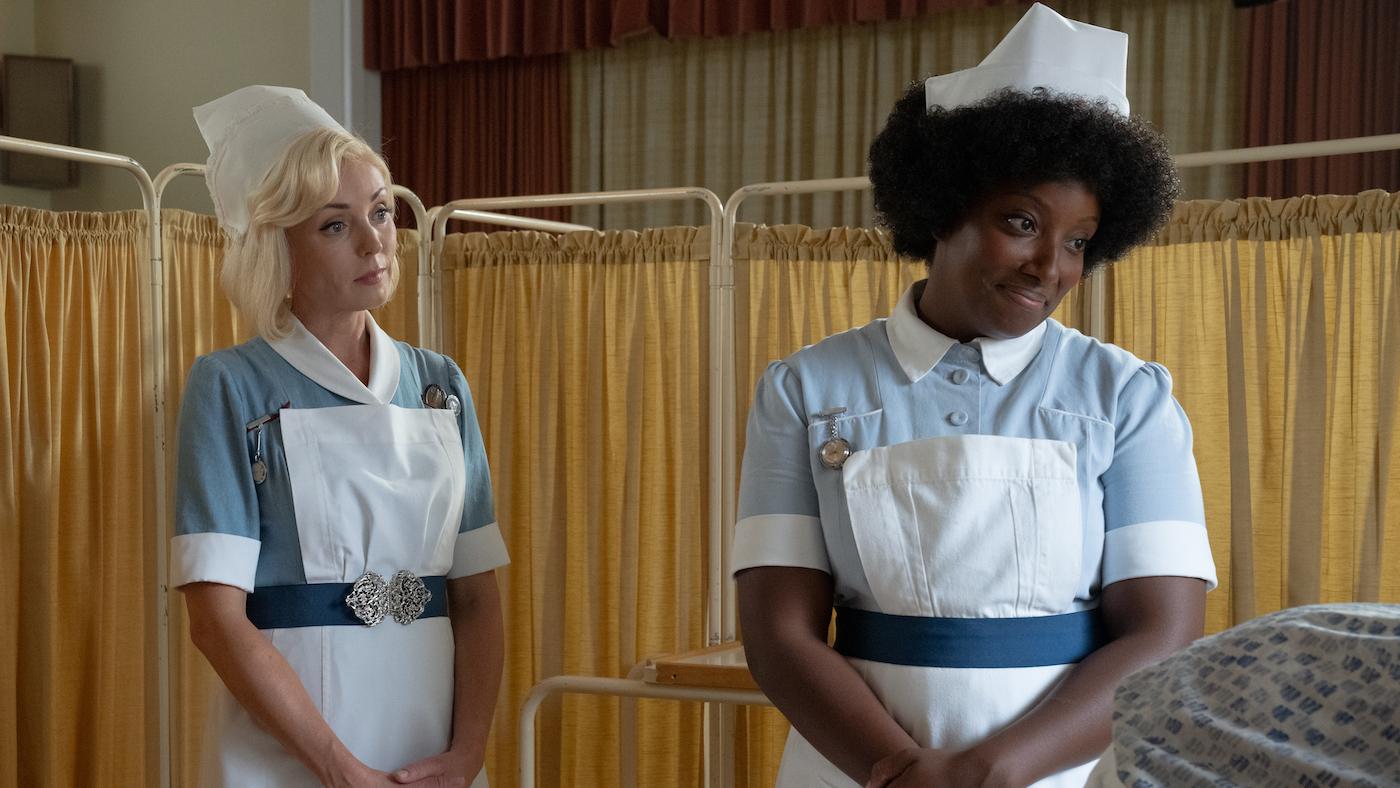'Endeavour' Recap: Season 6 Episode 1
Daniel Hautzinger
June 16, 2019
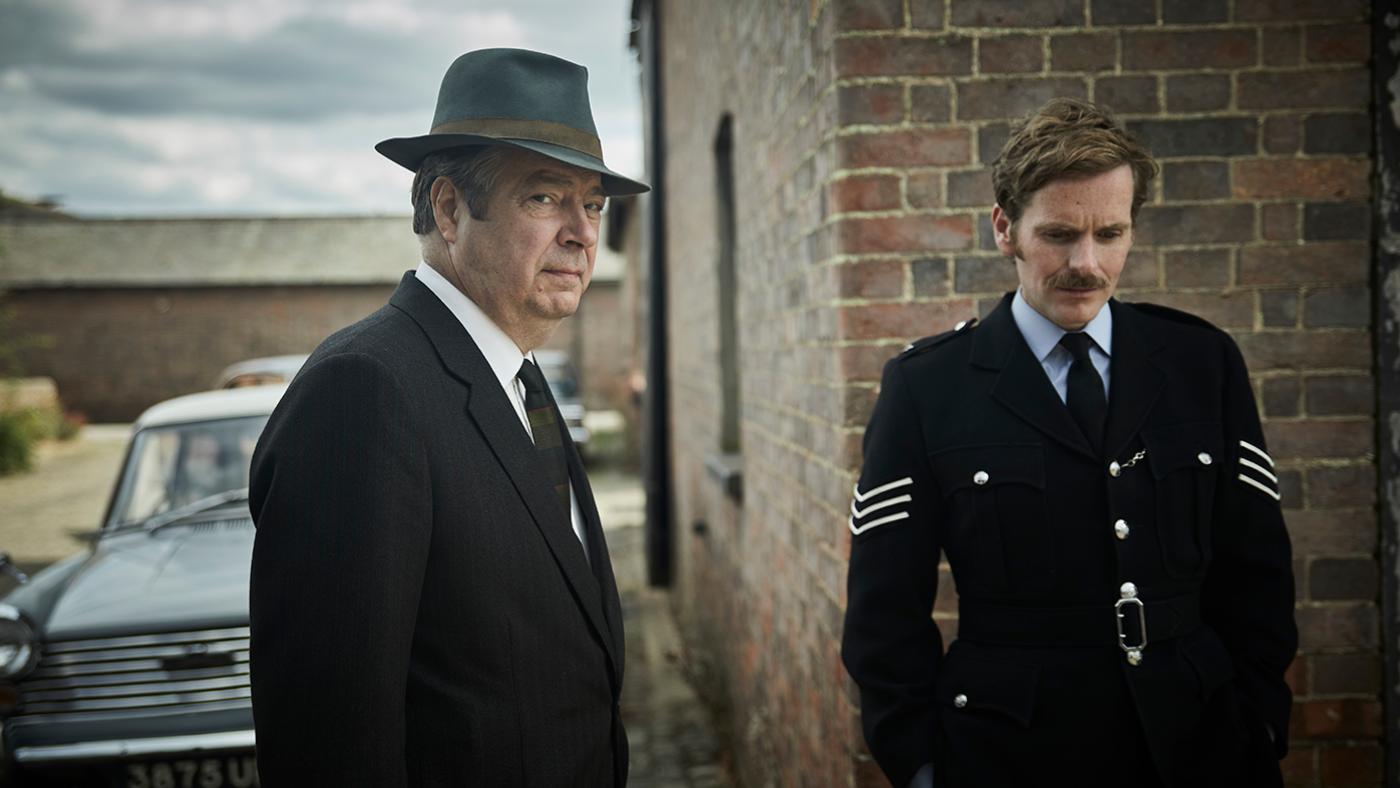
Endeavour airs Sundays at 8:00 pm and is available to stream. Read our recaps of the previous season’s finale and the following episode.
Following the closure of his base at Cowley Station, Morse has been reassigned to be a uniformed officer in a quiet country post where his duties include tracking down a missing horse. He’s not too happy with the new position; his new mustache seems to droop with his dour disposition.
The rest of the team has not fared much better. Strange is in an administrative role, but remains obsessed with uncovering the murder of fellow-detective Fancy. Bright is now head of traffic, and has to appear in silly television announcements. Thursday has been demoted and now works under a coarse DCI, Ronnie Box.
Box is a bit of an egotist and not a very thoughtful detective. When Morse sights the lost horse in a field and pursues it, he finds the body of a ten-year-old girl named Ann who had recently gone missing. Ann is lying underneath an electrical pylon as if at a funeral, with her hands folded, flowers in her hair, and no signs of abuse beyond some bruises on one side. Box’s team arrives to investigate, and he quickly dismisses and insults Morse, who was trying to discuss leads with Dr. DeBryn and Thursday. Morse is a uniform now. He doesn’t investigate cases; he just reports the crime. When he suggests that this case is similar to one from several years ago in which a girl went missing, Thursday tells him that Box has ruled it out as coincidence because the previous girl was never found.
The first suspect is a young man who has been seen lurking around the church. The rector has found a needle – the man is probably an addict. A Cambridge don who lives nearby was recently robbed of some valuable old snuffboxes, and his daughter, whom he quickly ushers away, tells Morse that she saw a disheveled man watching their home the previous day.
Morse approaches the young man outside the church and has to catch him when he flees. At the police station, he is identified as Stanley Clemence. Thursday knows him from a case many years ago: a husband murdered a wife, the husband was hanged for the crime, and Stanley was their baby. Stanley has Ann’s satchel, so DCI Box immediately believes he is guilty. Box tries to coerce a false confession from Stanley, who says he found the satchel somewhere – he doesn’t remember where – and insists that he’s innocent and needs a doctor, as he is going into withdrawal.
Stanley is a minor, and Box’s mistreatment of him arouses the ire of Welfare Services, where Thursday’s daughter Joan now works. She and her boss stand up to Box and ensure that Stanley is sent to a hospital. From there, Stanley escapes and disappears.
Morse continues to investigate the case on his own, speaking to farmers in the area for whom Stanley did some work. One, Skinner, felt bad letting Stanley go, but his wife had a weird feeling about him, and she has enough on her plate driving their daughter, who has muscular dystrophy, to the clinic with her newly minted license. Another says Stanley wasn’t a great worker, just like his father, with whom the farmer grew up and shared his first cigarettes behind the organ at the local church.
Morse then goes to the bohemian house Stanley was staying in and finds needles and a notebook filled with news clippings about his father’s crime under a floorboard. When Thursday – the official investigator – shows up later to search the same place, he finds the same things, plus a blue headband that could be the one that was missing from Ann’s body when she was found. When Morse learns about this new piece of evidence, which seems to convict Stanley, he warns Thursday that it wasn’t there earlier and may have been planted.
Quotidian uniformed duty brings Morse to a country fair, where he runs into Joan. Before their conversation can progress, however, a mother screams for help: her daughter is missing. As the police institute traffic stops in a broad area around the fair, they learn that Rosie, the girl, was last seen at the fair with a man in a panama hat. A man of that description is stopped: it’s the same don who had snuffboxes stolen from him.
Dr. Sheridan doesn’t have Rosie with him, but when the police search his living quarters they do find opium and historic photos of young girls. Sheridan explains that the photos are Victorian art; the Victorians were interested in photography, and these were taken by Lewis Carroll. Plus, Sheridan has an airtight alibi for the time that Ann disappeared. The detectives leave with nothing on the professor.
Box is getting desperate, with Stanley still missing, and decides to question a known “pervert” who has been seen in the area. He tries to beat information out of the man – and even Thursday takes part, punching the man hard enough to bruise his fist. This despite the fact that Thursday is becoming increasingly uncomfortable with the “whatever it takes” approach to detective work exemplified by Box.
Thursday has already obliquely warned Box about planting evidence by recalling the case of Stanley’s father to him. The detectives couldn’t find evidence to convict Stanley’s father – until finally Thursday’s colleague discovered a bloody hammer in a place that Thursday had already looked. Thursday is still uncertain that Stanley’s father committed the crime that got him hanged.
Morse has also taken an interest in the case of Stanley’s father, and, recalling the farmer’s memory of smoking with Stanley’s father behind the organ at church, decides to search there. He finds a briefcase belonging to Stanley’s father, with a bloody hammer in it. He makes another macabre discovery in the church, too: Stanley’s corpse in the aisle. Stanley is the most recent in a series of addicts to die from using heroin laced with something worse.
The briefcase, at least, can clear Thursday’s conscience: even if evidence was planted against Stanley’s father, he was guilty. But Thursday remains troubled by the corruption and insists on turning the evidence in, no matter the ramifications for him. Morse promises that he will.
Morse continues to search for leads. He decides to speak with the school photographer, realizing that the same person took photos of both Ann and the girl who went missing three years ago. The photographer had recently taken Ann’s photo, and remembers that she was a big reader: she chatted with him about books she had taken out from the library. So Morse goes to speak with the librarian, who tells him that Ann took out four books every week.
Morse deduces that Ann probably cut through a field to get home whenever she went to the library, and he searches along the road that she would have had to cross. There, he finds another library book and a piece of a car’s bumper.
Turns out Ann wasn’t murdered – her death was an accident. She had to cross a road near a blind bend when returning from the library – the same road that the farmer Skinner’s wife, a new driver, would take to bring her daughter to the hospital every week. When Morse and Thursday speak with the Skinners, they admit that Ann was hit by their car. Worried about getting in trouble, they brought her back to the farm to revive her, but she slipped away. Wanting her to be found, they set her neatly underneath the electrical pylon – but the electric crew didn’t do their inspections that day, so Skinner set loose a horse near Ann’s corpse, knowing that the horse would be reported as missing.
Thursday finds Ann’s missing headband under a seat in the Skinner’s car, thus confirming his and Morse’s hunch that Box planted a similar headband in Stanley’s lodgings. When he confronts Box, he receives an unexpected response: Box feels pressure to fill Thursday’s shoes, and wants to succeed, no matter what.
Rosie, the girl who went missing at the fair, has still not been found. Again photographs provide a clue: Morse recognizes an anachronistic Degas sculpture from Sheridan’s flat in one of the professor’s supposedly historic photos, and realizes that Sheridan has been taking his own photos of young girls and making them look dated to protect himself from charges of pedophilia. Plus, Morse recognizes the girl in the photos: it’s the girl who went missing three years ago, the same girl Sheridan claimed was his daughter when Morse accidentally ran into her while recording Sheridan’s reported robbery.
The police go to an abandoned mansion that Morse knows Sheridan admired, suspecting that it’s where the professor takes his photos. There they find Rosie drugged on opium, as well as Sheridan with a camera. He had been taking photos of the other missing girl for three years, but she had gotten too old and he needed a new model for his photos, which he sells to other “enthusiasts.” He told both girls that their parents had died suddenly and he would take care of them.
Rosie and the other girl are reunited with their parents, while Sheridan is arrested – but not before Thursday, fed up with the moral corruption he continually encounters, punches him in the face. Missteps like these might soon catch up with Thursday – but his role in the case of Stanley’s father and the planted evidence, at least, will not be discovered. Morse quietly hides the briefcase with the bloody hammer back where he found it in the church.
And Morse? Due to his success with this case, he is transferred to the same station as Thursday and is no longer a country uniformed officer, thanks to some administrative pushing from Strange. He may have to serve under Box, but at least he’s a detective again.


